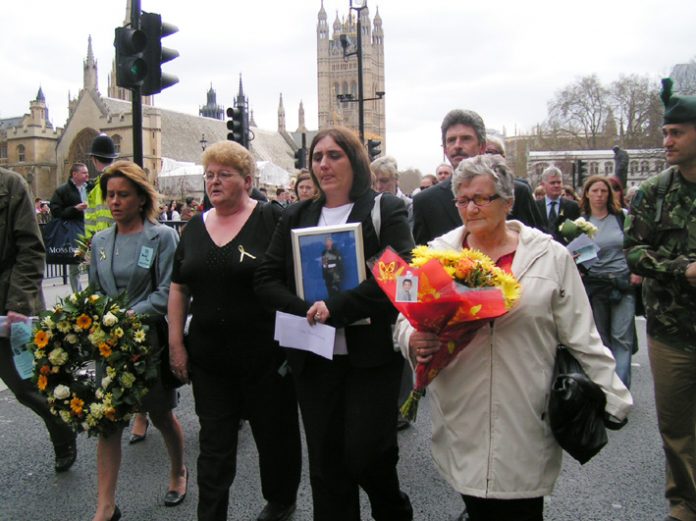
LEON Trotsky’s theory of the Permanent Revolution shows how ‘the democratic tasks of the backward bourgeois nations lead directly, in our epoch, to the dictatorship of the proletariat, and that the dictatorship of the proletariat puts socialist tasks on the order of the day.’ (from the introduction to ‘Permanent Revolution).
King Gyanendra in Nepal, overthrew what parliament there was, reintroducing absolute feudal rule, only to see the working class take to the streets in Kathmandu and other towns, and in almost three weeks of general strike action shake the feudal regime to its foundations.
Capitalism has developed very, very late in the day in Nepal and countries like it, at a time when capitalism as a whole is locked into its historical crisis on a world scale and is rotten ripe for socialism.
The bourgeoisie in Nepal has hardly a present, never mind a future, and the historical tasks of the bourgeoisie – clearing away the obstruction of feudalism, developing modern productive forces, and democratising society, falls directly to the working class.
This is what the sea of Red Flags in cities such as Kathmandu means. While the Maoists have been busily organising the countryside to lay siege to the towns, the working class has come onto the scene to shake the feudal structure to the ground.
What is posed in front of the working class is carrying out the tasks of the bourgeois revolution, and purging the country of all vestiges of feudalism by taking the power, before then going over to socialist measures.
That will mean going beyond any constituent assembly to the forming of workers soviets and imposing the dictatorship of the proletariat, leading the poor peasantry, onto society. This will be the most democratic form of class rule, where the majority impose their will on the minority.
To achieve this requires a political reorganisation of the revolutionary forces that have emerged in Nepal and the founding of a revolutionary party based on the theories and practices of Marx, Engels, Lenin and Trotsky.
This is what has to be done in Nepal to complete the democratic struggle. And this is what has to be done in all of the backward bourgeois countries such as Saudi Arabia and the Gulf States where, despite the advanced nature of some of the productive forces, they are in the grip of feudal pre-capitalist regimes, and in states such as Zimbabwe where the Mugabe regime, in the grip of the IMF and the World bank, has progressively destroyed all that was won by the bourgeois nationalist revolution against the colonial occupation, and imposed an anti-democratic dictatorship.
Trotsky insisted that the theory of the Permanent Revolution was the theory of the world revolution.
He pointed out that it has two other aspects, ‘to do with the socialist revolution as such’. Especially applicable to the USSR was his contention that ‘For an indefinitely long time and in constant internal struggle, all social relations undergo transformation. . . This process necessarily retains a political character, that is, develops through collisions between various groups in the society which is in transformation.’
In the USSR, isolated from developments in the major capitalist countries, this has been a particularly painful process.
The third aspect of the theory ‘is the international character of the socialist revolution.’
The socialist revolution begins on national foundations – but it cannot be completed on these foundations.
‘The maintenance of the proletarian revolution within a national framework can only be a provisional state of affairs, even though, as the experience of the Soviet Union shows, one of long duration.’
The world revolution began on October 1917 in Russia. The delay in its spread to the advanced capitalist states led to the emergence of the Stalinist bureaucracy, then to the complete capitulation of that bureaucracy to imperialism (Gorbachev and Yeltsin) and to the current attempt to impose a New world (capitalist) Order.
This is now being destroyed by the deepening world capitalist crisis and the re-emergence of the world socialist revolution, from France to Nepal to the United States. The key to the situation is the building of sections of the Fourth International to lead the world socialist revolution to its victory.
